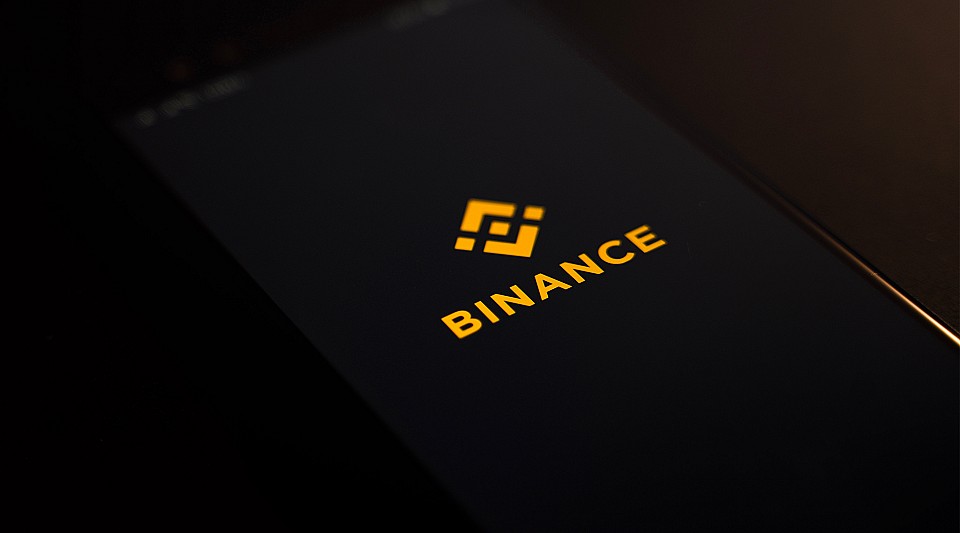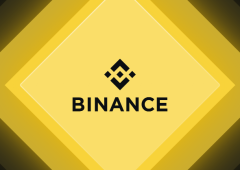Binance Expands Trading Options with Four New Major Trading Pairs
04.09.2024 15:30 1 min. read Alexander Stefanov
Binance, the world's largest crypto exchange, has announced the addition of four major trading pairs to its platform.
This expansion aims to enhance trading options and offer users more flexibility in their trading strategies.
As part of its ongoing efforts to meet the growing demand for a variety of trading options, Binance introduced spot trading pairs for AAVE/USDC, STMX/TRY, SUN/TRY and TRX/USDC on September 4, 2024, starting at 09:00 p.m. (UTC). These new pairs will provide users with more choices and are expected to improve the overall trading experience.
Additionally, Binance will launch trading bots for several other pairs including DOGS/USDT, RENDER/USDT, REZ/USDT, ZK/USDT, and ZRO/USDT, enabling options such as spot grid, spot DCA (dollar cost averaging) and smart positions. Algorithmic orders will also be available for the newly added pairs.
With the introduction of these trading pairs, Binance aims to further diversify the platform’s offerings, reflecting its commitment to improving the user experience by continuously expanding the available trading options. The move is expected to increase liquidity and provide more opportunities to diversify users’ portfolios.
-
1
XRP Surges Toward $3: Main Factors Driving the Rally
16.07.2025 12:18 2 min. read -
2
Stellar (XLM) Surges 60% in 7 Days Amid Breakout and Partnerships
17.07.2025 14:33 2 min. read -
3
Ethereum Overtakes Bitcoin in Retail FOMO as Traders Shift Focus to Altcoins
17.07.2025 8:05 2 min. read -
4
Fartcoin Price Prediction: FARTCOIN Could Rise to $2.74 After Major Breakout
17.07.2025 16:01 3 min. read -
5
Binance to Launch 2 New Contracts with 50x Leverage: Everything You Need to Know
10.07.2025 12:00 2 min. read
XRP Eyes Next Target as Bullish Crossover Sparks 560% Surge
XRP is back in the spotlight after crypto analyst EGRAG CRYPTO highlighted a powerful historical pattern on the weekly timeframe—the bullish crossover of the 21 EMA and 55 SMA.
Top 5 Most Trending Cryptocurrencies Today: Zora, Pudgy Penguins, SUI and More
Crypto markets are buzzing with momentum as several altcoins post double-digit gains and surging volumes.
Sui Price Jumps 14% to $4.26 amid ETF Hopes
Sui (SUI) surged 14% in the past 24 hours, reaching $4.26 as bullish technical patterns, Bitcoin’s rebound, and renewed ETF speculation pushed the altcoin higher.
HBAR Mirrors 2021 Cycle as Key Breakout Test Approaches
Hedera Hashgraph (HBAR) is closely tracking its 2021 price behavior, according to crypto analyst Rekt Capital.
-
1
XRP Surges Toward $3: Main Factors Driving the Rally
16.07.2025 12:18 2 min. read -
2
Stellar (XLM) Surges 60% in 7 Days Amid Breakout and Partnerships
17.07.2025 14:33 2 min. read -
3
Ethereum Overtakes Bitcoin in Retail FOMO as Traders Shift Focus to Altcoins
17.07.2025 8:05 2 min. read -
4
Fartcoin Price Prediction: FARTCOIN Could Rise to $2.74 After Major Breakout
17.07.2025 16:01 3 min. read -
5
Binance to Launch 2 New Contracts with 50x Leverage: Everything You Need to Know
10.07.2025 12:00 2 min. read


